Studio Lotus has recently completed a significant architectural project in Jaipur – the Museum of Meenakari, a flagship store for jewelry designer Sunita Shekhawat. Known for her modern interpretation of the traditional Indian craft of meenakari, Shekhawat’s brand aims to preserve this heritage while offering contemporary designs. The design by Studio Lotus merges the rich history of Meenakari with a modern retail space, creating an immersive experience for visitors.
Adaptive Reuse: A Sustainable Approach to Design
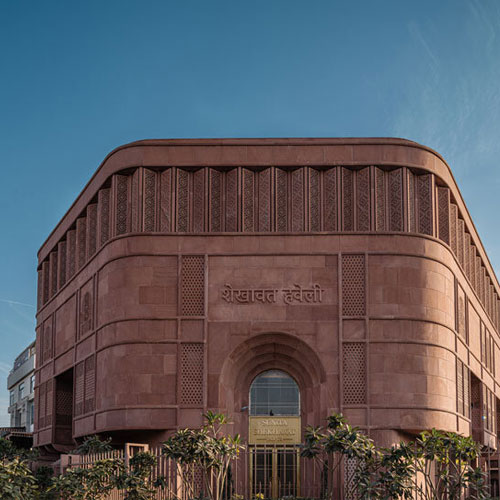
In line with growing interest in adaptive reuse, Studio Lotus chose to preserve and adapt the existing structure rather than demolishing it. This decision reduced the carbon footprint of the project and demonstrated a commitment to sustainability. The preservation of the original building not only minimizes environmental impact but also contributes to the broader conversation about reimagining older buildings for new uses. The concept behind the Museum of Meenakari reflects Studio Lotus’ philosophy of combining tradition with innovation while maintaining a low environmental impact.
The Facade: A Tribute to Heritage
One of the most striking features of the building is its hand-carved facade, made from Jodhpur red sandstone. This material connects the store to its historical roots while honoring the client’s cultural background. The facade is a testament to the skill of local artisans, as it was carefully crafted to feature intricate carvings that reflect regional design traditions. The use of sandstone ties the building to the architectural heritage of Jaipur, a city known for its rich history of craftsmanship.
The choice of red sandstone for the facade also reflects the blending of heritage with the contemporary nature of the jewelry being sold inside. The store’s design is based on historical influences, including Rajputana, Mughal, and Art Deco, which work together to create a unique architectural statement.
Interiors: Combining Tradition and Modernity
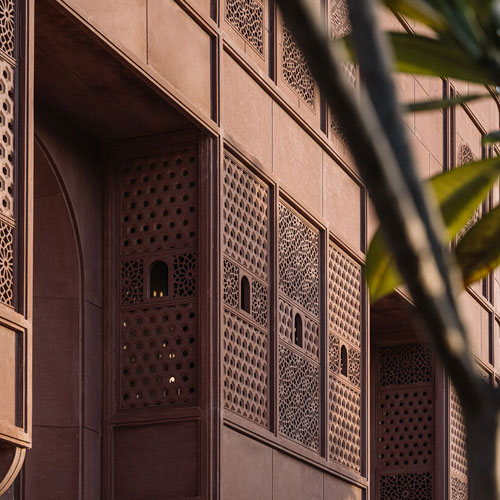
Inside, the store features private interaction pods on the lower level, designed for one-on-one client meetings. These pods are designed with semi-vaulted ceilings, which are adorned with frescoes. These frescoes depict regional architectural motifs, flora, and fauna, all of which are part of the local cultural heritage. The frescoes are the result of months of work by twelve artisans who employed traditional techniques, offering an authentic connection to the region’s artistic history.
These private pods serve not only as spaces for engagement with clients but also as areas that highlight local craftsmanship. They offer a quiet, intimate environment where visitors can explore Shekhawat’s jewelry collections in a setting that is both luxurious and culturally significant.
The Meenakari Gallery: Educating Visitors
A central part of the Museum of Meenakari is its dedicated gallery, which aims to educate visitors about the meenakari craft. The gallery showcases the history, techniques, and significance of meenakari, offering an in-depth understanding of this ancient art form. It is the first gallery of its kind in Jaipur, and it serves as a platform for cultural education, offering visitors the chance to engage with and appreciate the intricacies of the craft.
This gallery is integral to the store’s mission of blending heritage with modern design. It is not only a space for displaying jewelry but also a venue for preserving and promoting the traditional art of meenakari. The gallery adds an educational layer to the retail experience, allowing the store to function as both a cultural institution and a modern retail space.
A Fusion of Architectural Influences
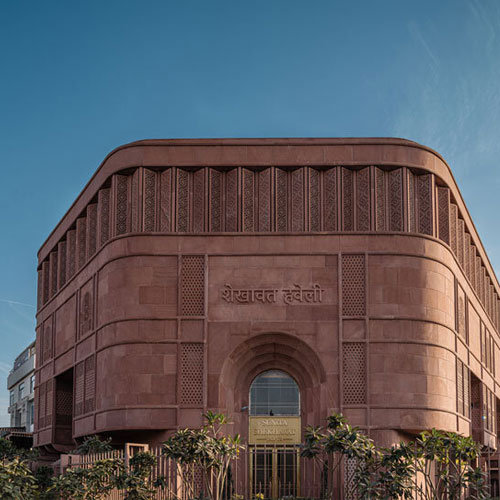
The design of the store combines multiple architectural influences, which Studio Lotus has carefully integrated to create a harmonious space. Rajputana, Mughal, and Art Deco styles are all reflected in various elements of the building. The Rajputana influence can be seen in the intricate carvings and traditional motifs, while the Mughal influence is visible in the arches and frescoes. The Art Deco elements are present in the clean lines and modern aesthetics of the interiors.
This fusion of styles is intentional, reflecting both the regional history and the contemporary needs of the client. The design respects the past while offering a fresh perspective on traditional architecture. By combining these distinct influences, Studio Lotus has created a space that feels both rooted in history and forward-looking.
Sustainability and Environmental Responsibility
Studio Lotus’ approach to sustainability goes beyond the adaptive reuse of the building. The design also incorporates elements that reduce energy consumption and promote environmental responsibility. The careful selection of materials, including the use of local sandstone, reduces the carbon footprint of the project, while the preservation of the original building ensures that the energy costs associated with construction are minimized.
In addition to its environmental considerations, the design also incorporates strategies for reducing waste. The detailed craftsmanship in the carving and frescoes was carried out with careful attention to resource management, ensuring that the project was both efficient and responsible.
The Role of Artisans and Craftsmanship
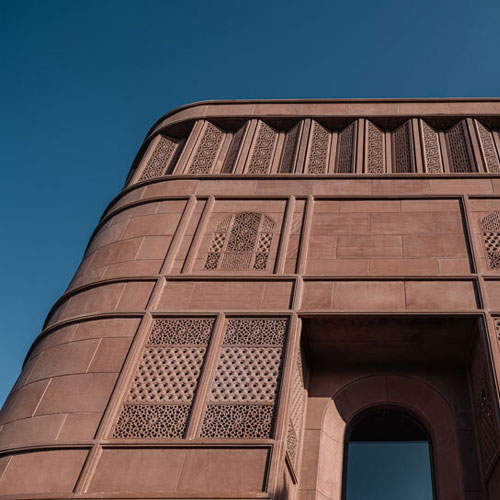
Throughout the project, there is a strong emphasis on the role of artisans in preserving cultural traditions. The frescoes, hand-carved facade, and other design elements were created by skilled artisans who have been trained in traditional techniques. This focus on craftsmanship highlights the store’s commitment to preserving local art forms and supporting the artisan community.
The use of traditional techniques within a contemporary setting provides a unique contrast that enriches the visitor’s experience. It emphasizes the importance of craftsmanship in modern design, ensuring that the rich cultural heritage of Jaipur is not lost in the face of urban development.
A Modern Retail Space with Deep Cultural Roots
The Museum of Meenakari is more than just a jewelry store; it is a celebration of craftsmanship, heritage, and modern design. Studio Lotus has successfully created a space that merges the cultural legacy of Jaipur with a modern retail experience. The store not only serves as a place to purchase jewelry but also as a cultural institution where visitors can learn about the traditional craft of meenakari.
By combining adaptive reuse with thoughtful design, Studio Lotus has demonstrated how architecture can bridge the gap between past and present. The Museum of Meenakari is a model for how architecture can celebrate heritage while embracing contemporary needs. This project reflects the evolving nature of retail spaces, where the environment is just as important as the products being sold.
Images - designs-now.com, designboom.com

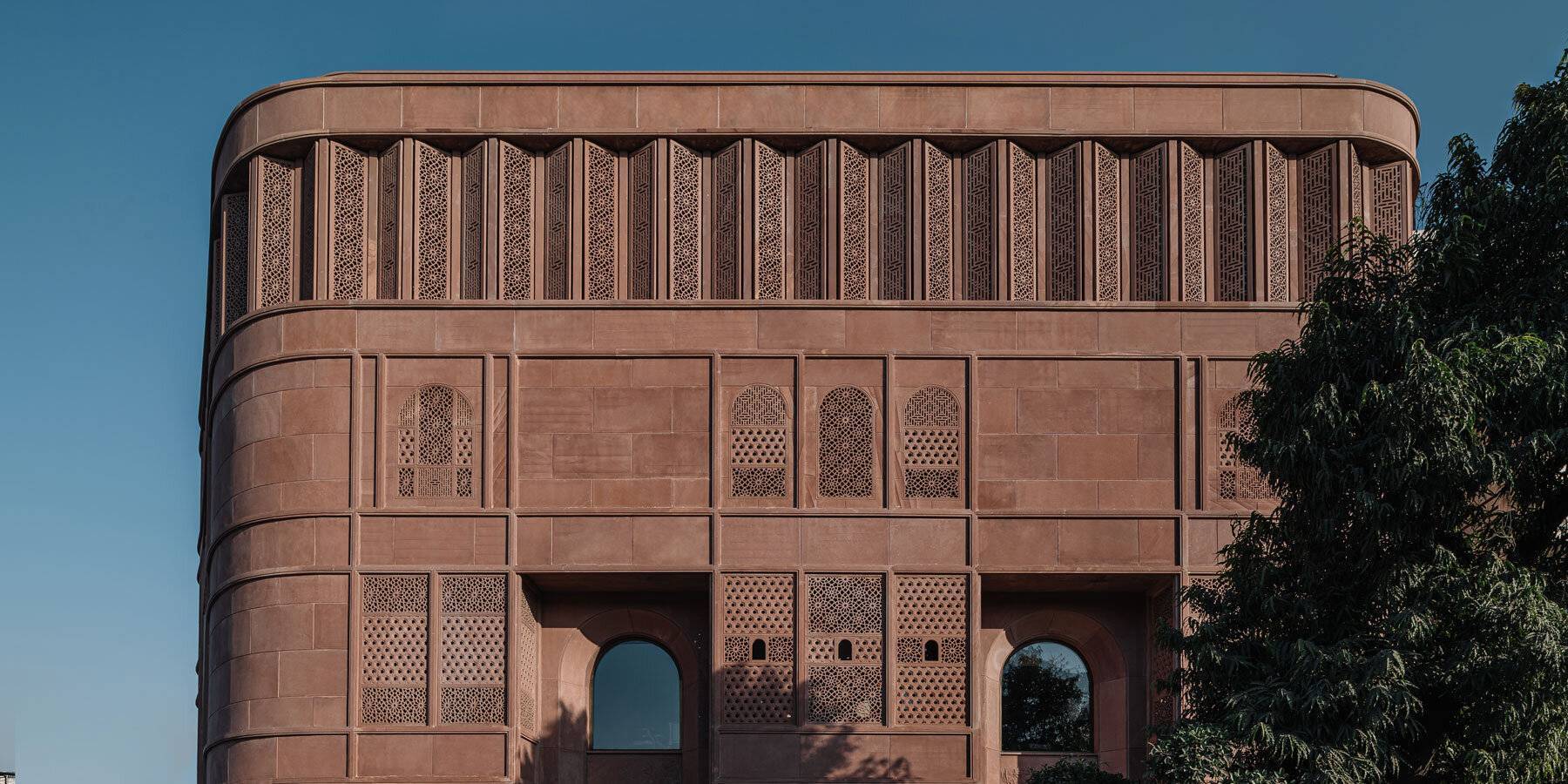


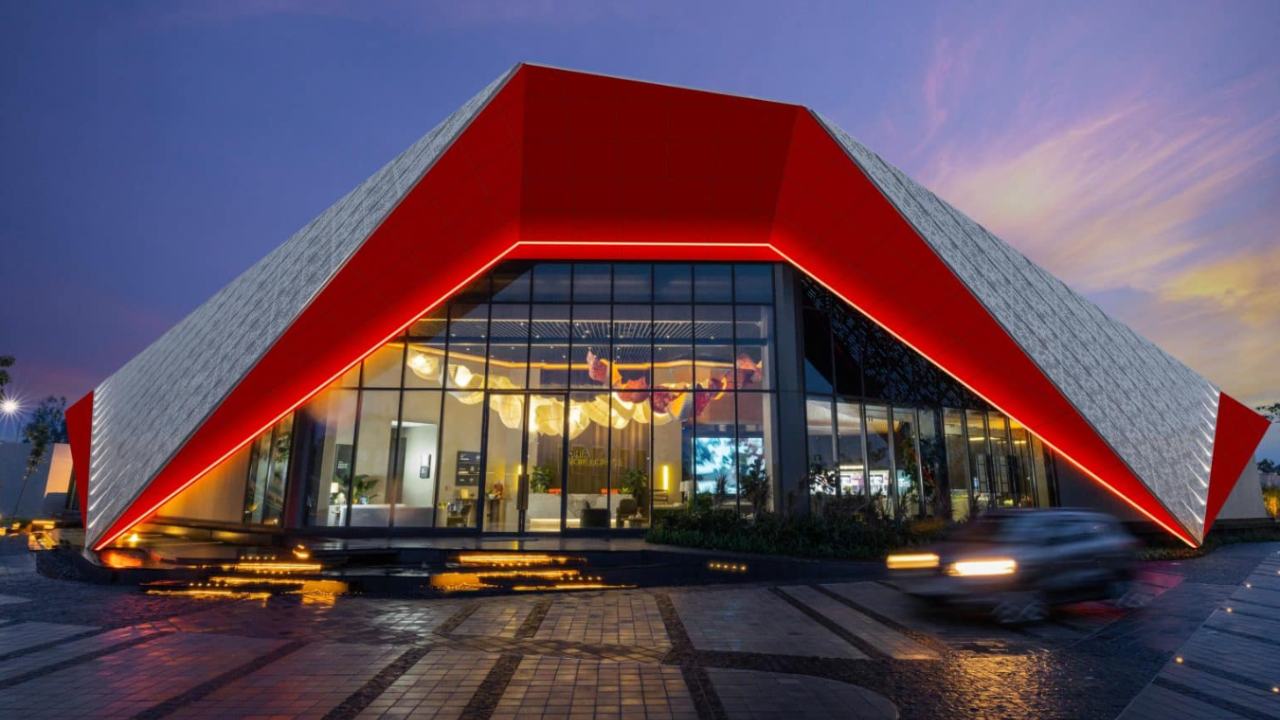
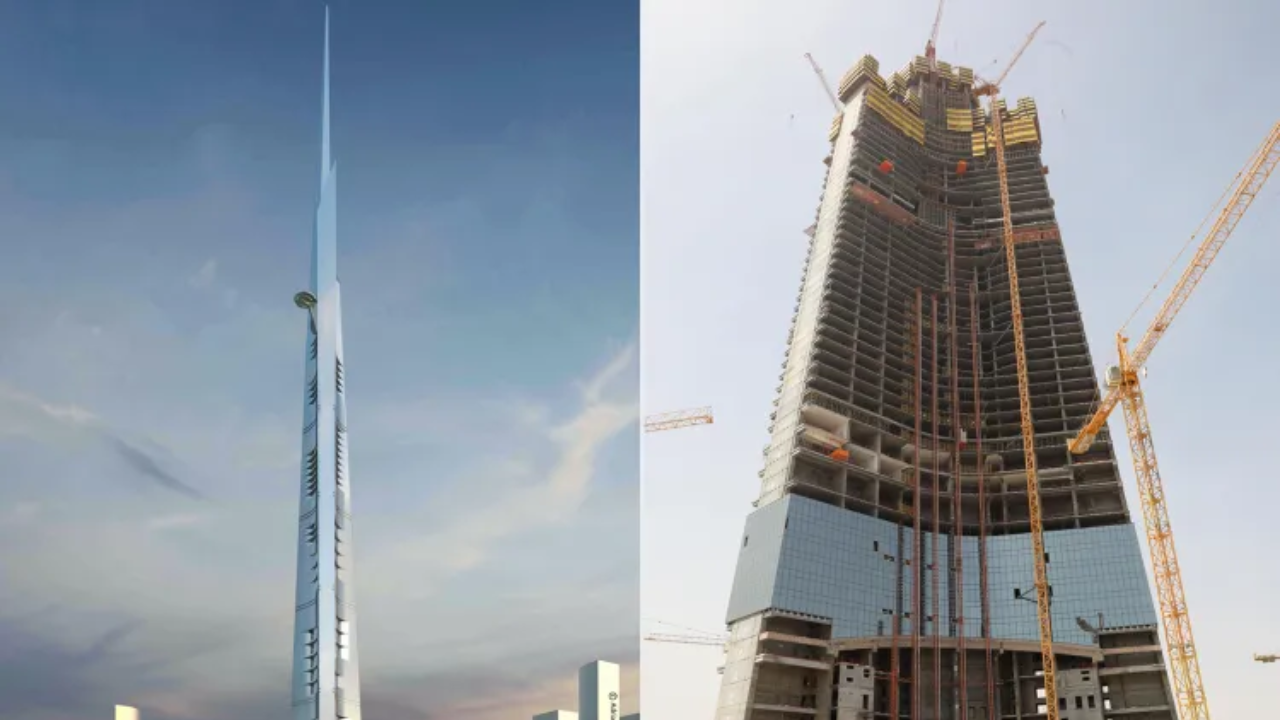
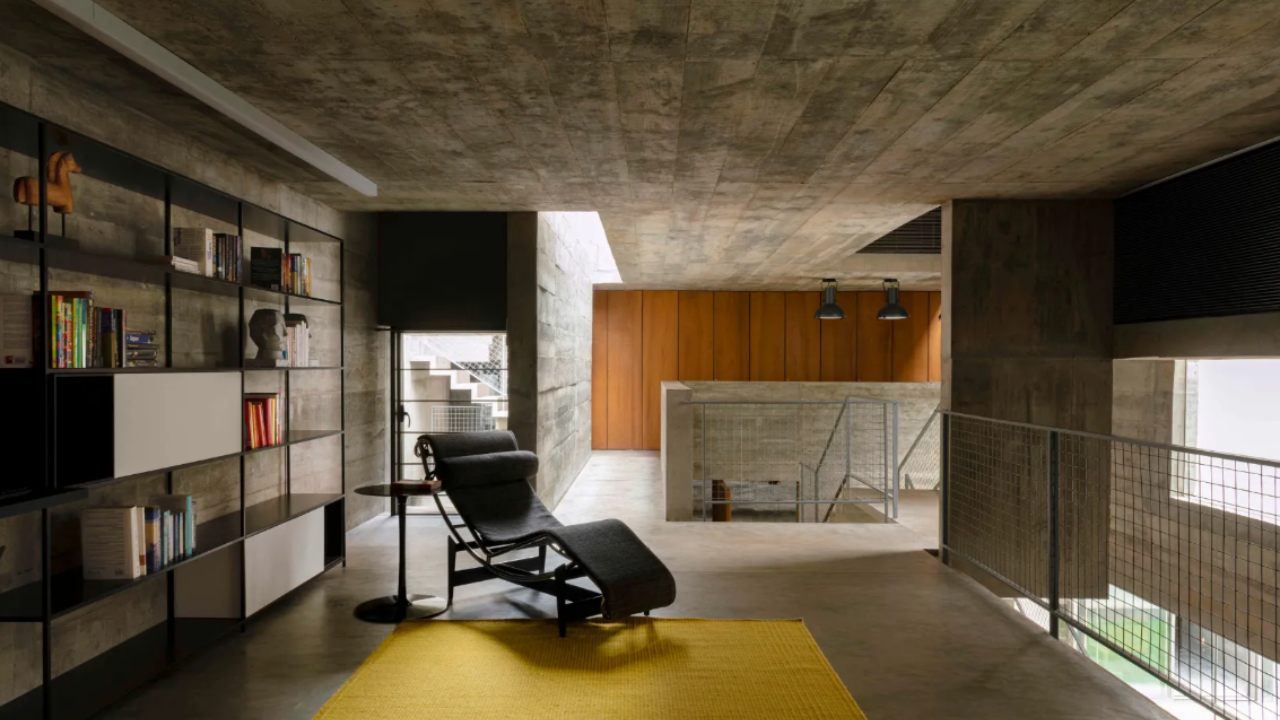


.png)